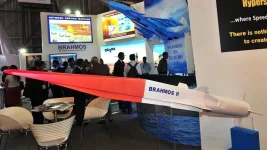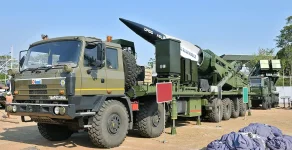- Views: 2K
- Replies: 22
India's top defence scientist has affirmed that the development of hypersonic weapons will provide the nation with an unstoppable capability for retaliation, fundamentally strengthening its strategic deterrence.
Dr. Samir V. Kamat, Chairman of the Defence Research and Development Organisation (DRDO), highlighted that the extreme velocity of these missiles makes them immune to interception by any existing air defence system.
Dr. Kamat explained that hypersonic missiles, which travel at speeds exceeding Mach 5—or more than five times the speed of sound (over 6,100 km/h)—possess the ability to breach even the most sophisticated missile defence shields.
He stated that because of this high-speed, non-interceptable nature, these weapons ensure that India can launch a counter-attack even if an adversary possesses a formidable air defence network.
This capability is central to India's "second-strike" doctrine, which guarantees a devastating response to a first strike, thereby discouraging potential aggressors.
The DRDO is pursuing two distinct types of hypersonic weapon systems to achieve this strategic goal.
The first is the Hypersonic Glide Vehicle (HGV), which is launched to a high altitude by a ballistic missile before detaching and gliding towards its target.
These unpowered vehicles can perform unpredictable manoeuvres within the atmosphere, making them exceptionally difficult to track and destroy. DRDO anticipates completing the development of HGVs within the next two to three years.
The second system is the Hypersonic Cruise Missile (HCM), which is powered throughout its flight by an advanced air-breathing scramjet engine.
Unlike a glide vehicle, a cruise missile flies at lower altitudes and maintains its hypersonic speed for the entire journey. DRDO has set a development timeline of approximately five years for this more complex technology.
India has already made significant progress in this area, having successfully tested its Hypersonic Technology Demonstrator Vehicle (HSTDV) in September 2020, which proved the viability of its indigenous scramjet engine technology.
India's push into the hypersonic domain is a critical response to a global arms race in this next-generation technology.
Regional rival China has already deployed its DF-17 HGV, while Russia has fielded the Avangard HGV and the Zircon hypersonic cruise missile. The United States is also aggressively developing several hypersonic weapon programs.
By developing its own indigenous systems, India aims to maintain the strategic balance in the region and ensure the long-term credibility of its national defence posture.



